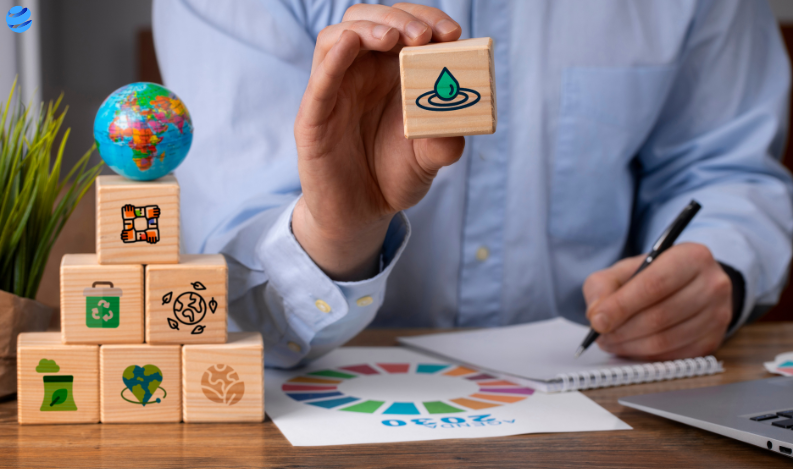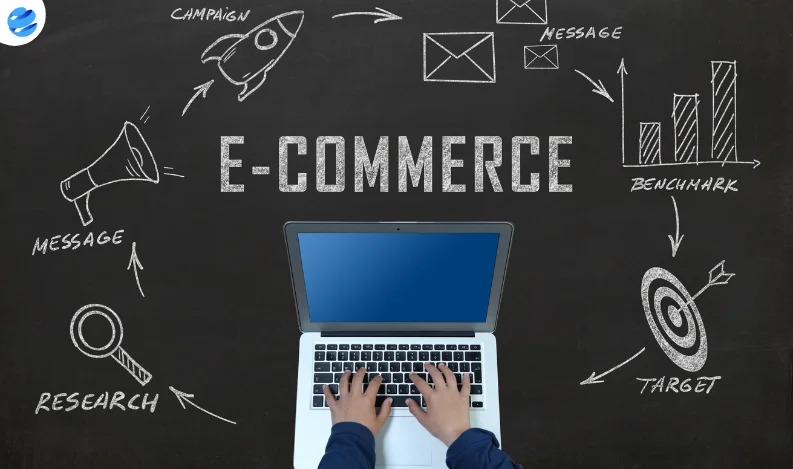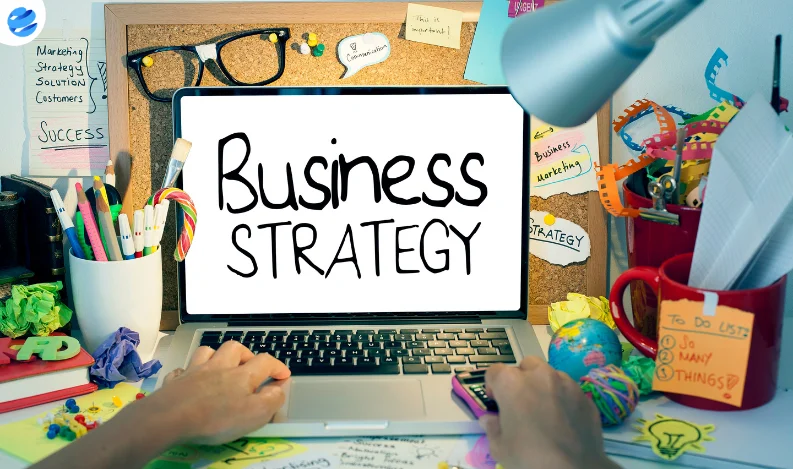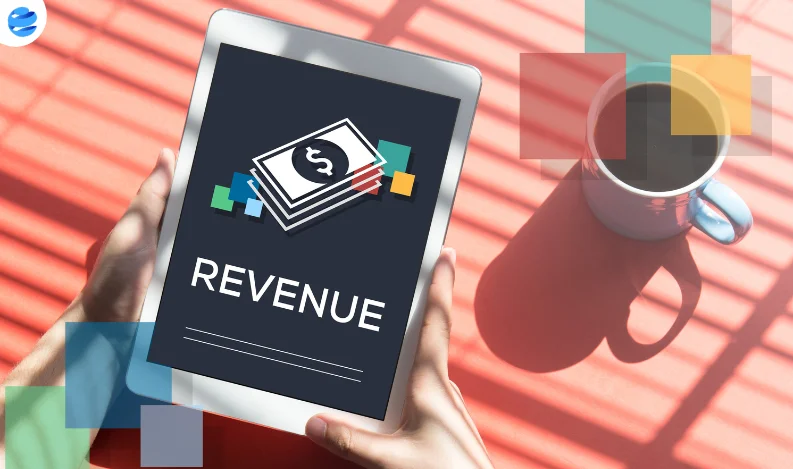In today’s market, building a sustainable business is no longer just an option—it’s a necessity. Consumers, investors, and governments are increasingly focusing on sustainability, pushing businesses to adopt eco-friendly practices, ethical operations, and long-term growth strategies. Companies that prioritize sustainability not only reduce their environmental impact but also foster customer loyalty, improve operational efficiency, and create a competitive edge. Here’s a guide on how to build a sustainable business in today’s market.
1. Prioritize Sustainable Products and Services
The first step toward building a sustainable business is ensuring that your products or services are eco-friendly. Whether you manufacture goods or offer services, it’s crucial to assess how your business impacts the environment and find ways to minimize that impact.
How to Make Your Products and Services More Sustainable:
- Use Sustainable Materials: Opt for renewable, biodegradable, or recycled materials in your products. This reduces waste and conserves natural resources.
- Eco-Friendly Packaging: Avoid plastic and other harmful packaging materials. Instead, use recyclable or compostable alternatives that minimize your environmental footprint.
- Sustainable Services: For service-based businesses, adopting digital processes (like reducing paper use) or offering virtual services can reduce carbon emissions.
Example: Many fashion brands are now focusing on using organic cotton, recycled fabrics, and reducing water consumption during production, making their products more sustainable and appealing to eco-conscious consumers.
2. Implement Ethical and Sustainable Supply Chain Practices
Sustainability doesn’t just stop with your business. Your supply chain also plays a critical role in building an eco-friendly business. It’s essential to work with suppliers who share your values of sustainability and ethical production.
Key Strategies for a Sustainable Supply Chain:
- Source Locally: Sourcing products locally not only supports local economies but also reduces the carbon footprint associated with transportation.
- Ethical Sourcing: Ensure that the materials or services you use come from suppliers who follow fair labor practices and environmentally-friendly processes.
- Supplier Audits: Regularly audit your supply chain to ensure that all partners adhere to your sustainability and ethical standards.
Example: A food and beverage company might choose to work with organic farmers and local suppliers to reduce transportation emissions and promote sustainable farming practices.
3. Focus on Energy Efficiency and Reducing Waste
Improving energy efficiency and reducing waste are fundamental to creating a sustainable business. This not only lowers your environmental impact but also saves your business money in the long run.
How to Boost Energy Efficiency and Cut Waste:
- Energy-Efficient Operations: Invest in energy-efficient equipment, such as LED lighting, energy-saving appliances, and HVAC systems. Implementing renewable energy solutions like solar power can further reduce your carbon footprint.
- Reduce, Reuse, Recycle: Implement a comprehensive waste management system that prioritizes reducing waste, reusing materials, and recycling. Encourage employees to adopt sustainable habits like minimizing paper usage or recycling office supplies.
- Water Conservation: Install water-efficient fixtures and use water-saving technologies in your operations, particularly if your business involves manufacturing or heavy water usage.
Example: Many companies in manufacturing have reduced their water consumption by installing water recycling systems, which helps conserve water and reduce operational costs.
4. Engage in Corporate Social Responsibility (CSR)
Corporate Social Responsibility (CSR) is a key component of a sustainable business. CSR initiatives allow businesses to give back to the community, promote ethical practices, and contribute to positive environmental and social change.
Key CSR Initiatives for Sustainable Businesses:
- Community Involvement: Partner with local organizations to support community-based projects, such as environmental cleanups, educational programs, or health initiatives.
- Employee Volunteering: Encourage your employees to participate in volunteer programs, offering paid time off for them to get involved in sustainability or community-driven causes.
- Sustainable Partnerships: Collaborate with non-profits or social enterprises that align with your business values. This shows your commitment to sustainability beyond profits.
Example: A tech company might launch a CSR initiative that donates refurbished laptops to schools in underserved areas, helping to reduce e-waste while supporting education.
5. Embrace a Circular Economy Business Model
A circular economy model focuses on designing products and services that minimize waste and make better use of resources. Instead of following a linear approach (produce, use, dispose), businesses in a circular economy strive to reuse, repair, and recycle products to extend their life cycle.
Ways to Transition to a Circular Economy Model:
- Design for Durability: Create products that are built to last and can be easily repaired or upgraded, reducing the need for replacements.
- Product Take-Back Programs: Implement programs where customers can return products for recycling, refurbishment, or repurposing.
- Recycling and Upcycling: Invest in recycling initiatives or partner with companies that specialize in upcycling old products into new ones.
Example: Electronics companies like Dell have implemented take-back programs where customers can return old devices, which are then refurbished or recycled, contributing to a circular economy.
6. Foster a Sustainable Company Culture
Sustainability should be embedded in your company’s culture and reflected in the behavior of every employee. Creating a culture of sustainability ensures that your business prioritizes eco-friendly practices at every level.
How to Create a Sustainable Culture:
- Employee Training: Educate your team on sustainable practices and encourage them to adopt eco-friendly habits in the workplace, such as minimizing energy usage, reducing waste, and conserving water.
- Sustainability Goals: Set measurable sustainability goals for your business, such as reducing carbon emissions by a certain percentage or achieving zero waste by a specific date.
- Green Teams: Create internal sustainability teams that focus on identifying areas for improvement, tracking progress, and spearheading green initiatives within the company.
Example: Patagonia, the outdoor clothing company, is well-known for fostering a culture of sustainability, with employees actively engaged in the company’s environmental initiatives and eco-friendly business practices.
7. Measure and Communicate Your Impact
To build a truly sustainable business, you need to measure and report on your environmental and social impact. This not only helps you track your progress but also builds trust with customers, investors, and other stakeholders.
How to Measure and Report Sustainability:
- Sustainability Reporting: Use tools like the Global Reporting Initiative (GRI) or B Impact Assessment to track your sustainability performance and report on areas like carbon emissions, waste reduction, and community impact.
- Transparency: Be transparent about your sustainability goals and progress. Share updates with customers and stakeholders through sustainability reports, blogs, or social media.
- Third-Party Certifications: Consider obtaining certifications like B Corporation status, Fair Trade, or LEED (Leadership in Energy and Environmental Design) to validate your commitment to sustainability.
Example: Many companies now publish annual sustainability reports, detailing their progress toward environmental goals such as reducing energy consumption, cutting waste, and lowering carbon emissions.
Conclusion: Building a Sustainable Business for the Future
In today’s market, sustainability is not just a trend—it’s a fundamental part of long-term business success. By prioritizing eco-friendly products, optimizing supply chains, reducing waste, and fostering a culture of sustainability, businesses can meet the growing demand for responsible corporate behavior while improving operational efficiency and customer loyalty. As sustainability continues to shape consumer choices and business practices, companies that invest in sustainable strategies will be better positioned to thrive in the future.
You may also like:-














